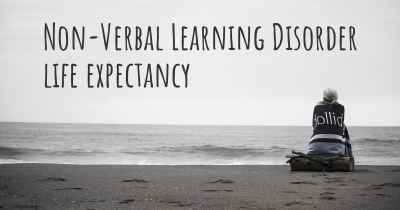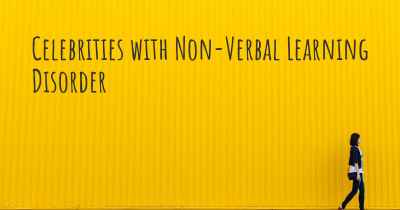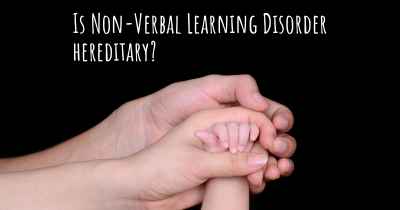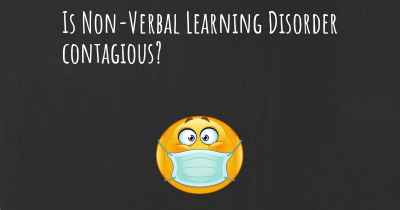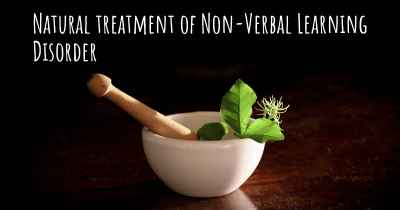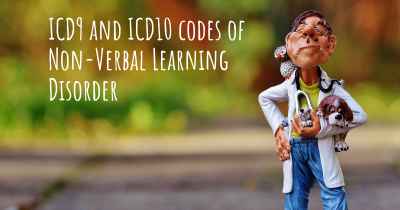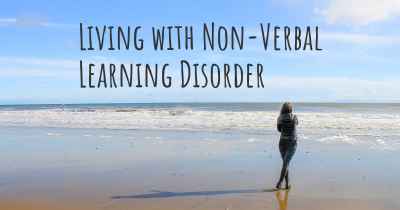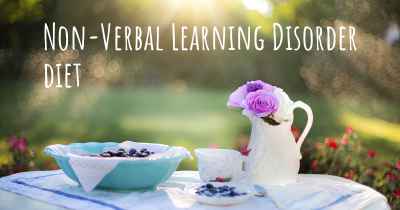What is the history of Non-Verbal Learning Disorder?
When was Non-Verbal Learning Disorder discovered? What is the story of this discovery? Was it coincidence or not?

Non-Verbal Learning Disorder (NVLD) is a neurological condition that affects an individual's ability to understand and interpret non-verbal cues, such as body language, facial expressions, and spatial relationships. While the exact cause of NVLD is still unknown, researchers believe it is related to differences in brain structure and function.
The history of NVLD can be traced back to the mid-20th century when researchers began to notice a distinct pattern of cognitive and social difficulties in some individuals. However, it wasn't until the 1970s that the term "Non-Verbal Learning Disorder" was coined by Byron Rourke, a Canadian psychologist.
Byron Rourke was one of the pioneers in the field of learning disabilities and made significant contributions to our understanding of NVLD. In his research, Rourke observed that individuals with NVLD often had strong verbal abilities but struggled with tasks that required non-verbal reasoning and visual-spatial skills.
Throughout the 1980s and 1990s, researchers further explored the characteristics and impact of NVLD. They found that individuals with NVLD often exhibited deficits in motor coordination, visual perception, and social skills. These difficulties could lead to challenges in academic settings, social interactions, and daily functioning.
Diagnostic criteria for NVLD were established in the early 2000s, helping clinicians and researchers identify and classify individuals with this condition. The criteria typically include a significant discrepancy between verbal and non-verbal abilities, impaired visual-spatial skills, difficulties with social interactions, and problems with executive functioning.
Over the years, the understanding of NVLD has continued to evolve. Researchers have explored the underlying neurological mechanisms and have identified potential brain differences associated with the disorder. Some studies suggest that individuals with NVLD may have abnormalities in the right hemisphere of the brain, which is responsible for processing non-verbal information.
Despite the progress made in understanding NVLD, there is still ongoing debate and controversy surrounding the disorder. Some researchers argue that NVLD should be considered a distinct diagnostic category, while others believe it is better conceptualized as part of a broader spectrum of learning and social communication difficulties.
As awareness of NVLD has grown, so has the recognition of the need for appropriate support and interventions. Educational strategies and accommodations have been developed to help individuals with NVLD succeed academically. Social skills training and therapy can also be beneficial in improving social interactions and emotional well-being.
It is important to note that NVLD is a relatively rare condition, and its prevalence is not well-established. Estimates suggest that it may affect around 3-5% of the population, but more research is needed to determine the exact prevalence.
In conclusion, Non-Verbal Learning Disorder is a neurological condition that was first identified and named by Byron Rourke in the 1970s. Since then, researchers have made significant progress in understanding the characteristics, impact, and potential underlying neurological mechanisms of NVLD. Diagnostic criteria have been established, and interventions have been developed to support individuals with NVLD. However, ongoing research is still needed to further our understanding of this complex disorder.
